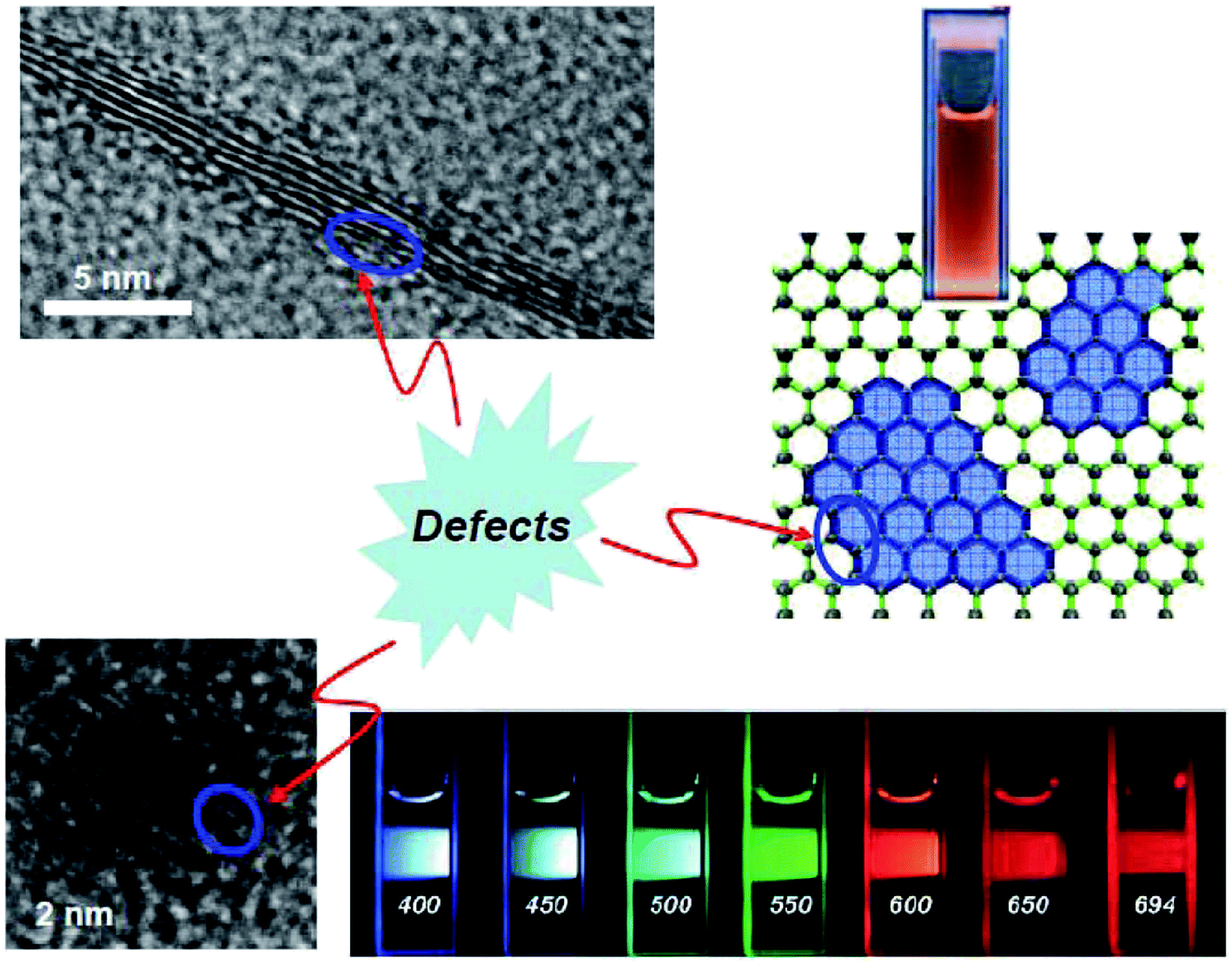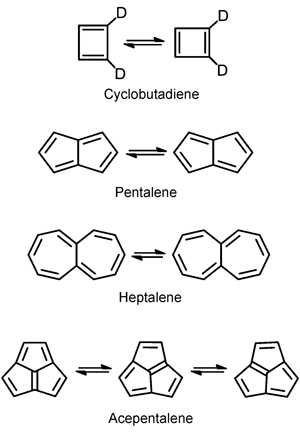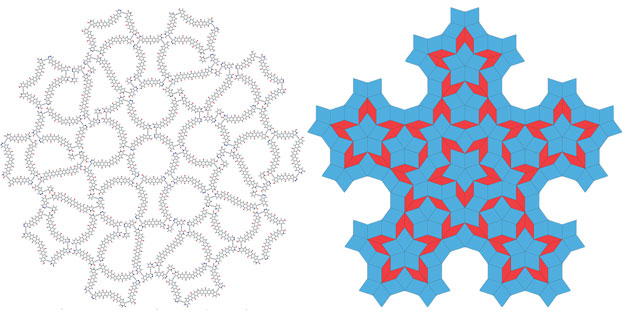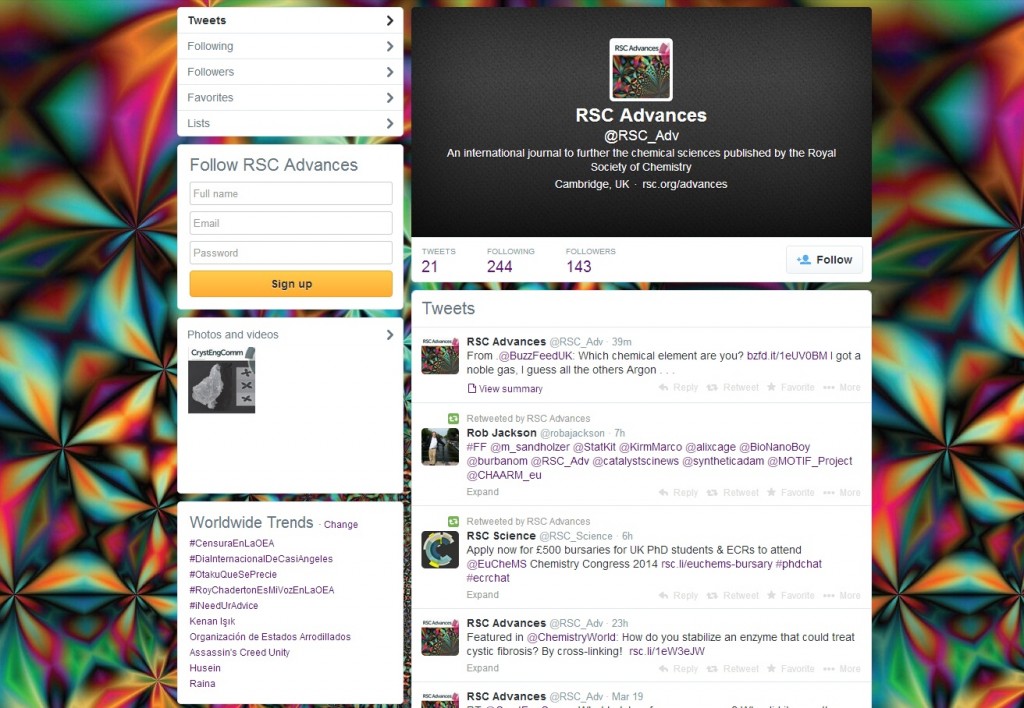Take a look at the most-downloaded RSC Advances articles from the months of January, February and March 2014 and let us know what you think!
A pathway to diphosphorus from the dissociation of photoexcited tetraphosphorus
Lee-Ping Wang, Daniel Tofan, Jiahao Chen, Troy Van Voorhis and Christopher C. Cummins
RSC Adv., 2013,3, 23166-23171
DOI: 10.1039/C3RA43940B, Paper
Using a two-step deposition technique to prepare perovskite (CH3NH3PbI3) for thin film solar cells based on ZrO2 and TiO2 mesostructures
Dongqin Bi, Soo-Jin Moon, Leif Häggman, Gerrit Boschloo, Lei Yang, Erik M. J. Johansson, Mohammad K. Nazeeruddin, Michael Grätzel and Anders Hagfeldt
RSC Adv., 2013,3, 18762-18766
DOI: 10.1039/C3RA43228A, Communication
Role of graphene/metal oxide composites as photocatalysts, adsorbents and disinfectants in water treatment: a review
Ravi Kant Upadhyay, Navneet Soin and Susanta Sinha Roy
RSC Adv., 2014,4, 3823-3851
DOI: 10.1039/C3RA45013A, Review Article
A decade advancement of transition metal-catalyzed borylation of aryl halides and sulfonates
Wing Kin Chow, On Ying Yuen, Pui Ying Choy, Chau Ming So, Chak Po Lau, Wing Tak Wong and Fuk Yee Kwong
RSC Adv., 2013,3, 12518-12539
DOI: 10.1039/C3RA22905J, Review Article
Mg-doped TiO2 nanorods improving open-circuit voltages of ammonium lead halide perovskite solar cells
K. Manseki, T. Ikeya, A. Tamura, T. Ban, T. Sugiura and T. Yoshida
RSC Adv., 2014,4, 9652-9655
DOI: 10.1039/C3RA47870J, Communication
Efficient monolithic quasi-solid-state dye-sensitized solar cells based on poly(ionic liquids) and carbon counter electrodes
Yaoguang Rong, Zhiliang Ku, Mi Xu, Linfeng Liu, Min Hu, Ying Yang, Jiangzhao Chen, Anyi Mei, Tongfa Liu and Hongwei Han
RSC Adv., 2014,4, 9271-9274
DOI: 10.1039/C3RA47084A, Communication
Recent development of direct asymmetric functionalization of inert C–H bonds
Chao Zheng and Shu-Li You
RSC Adv., 2014,4, 6173-6214
DOI: 10.1039/C3RA46996D, Review Article
Ni supported high surface area CeO2–ZrO2 catalysts for hydrogen production from ethanol steam reforming
Mohamed A. Ebiad, Dalia R. Abd El-Hafiz, Radwa A. Elsalamony and Lamia. S. Mohamed
RSC Adv., 2012,2, 8145-8156
DOI: 10.1039/C2RA20258A, Paper
Size-controlled silver nanoparticles synthesized over the range 5–100 nm using the same protocol and their antibacterial efficacy
Shekhar Agnihotri, Soumyo Mukherji and Suparna Mukherji
RSC Adv., 2014,4, 3974-3983
DOI: 10.1039/C3RA44507K, Paper
An overview of the engineered graphene nanostructures and nanocomposites
Jiahua Zhu, Minjiao Chen, Qingliang He, Lu Shao, Suying Wei and Zhanhu Guo
RSC Adv., 2013,3, 22790-22824
DOI: 10.1039/C3RA44621B, Review Article
Interesting in submitting to RSC Advances? You can submit online today, or email us with your ideas and suggestions.
Comments Off on Top 10 most-downloaded articles: January–March 2014
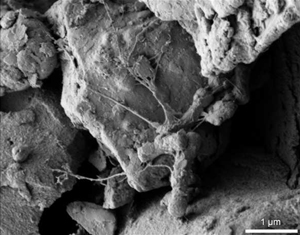 With energy demands rising and the increasing importance of low-carbon technologies, scientists in Canada are investigating the microbial conversion of coal into methane, to find a way that coal, especially low grade unmineable coal, can be used, whilst minimising its environmental impact.
With energy demands rising and the increasing importance of low-carbon technologies, scientists in Canada are investigating the microbial conversion of coal into methane, to find a way that coal, especially low grade unmineable coal, can be used, whilst minimising its environmental impact.










